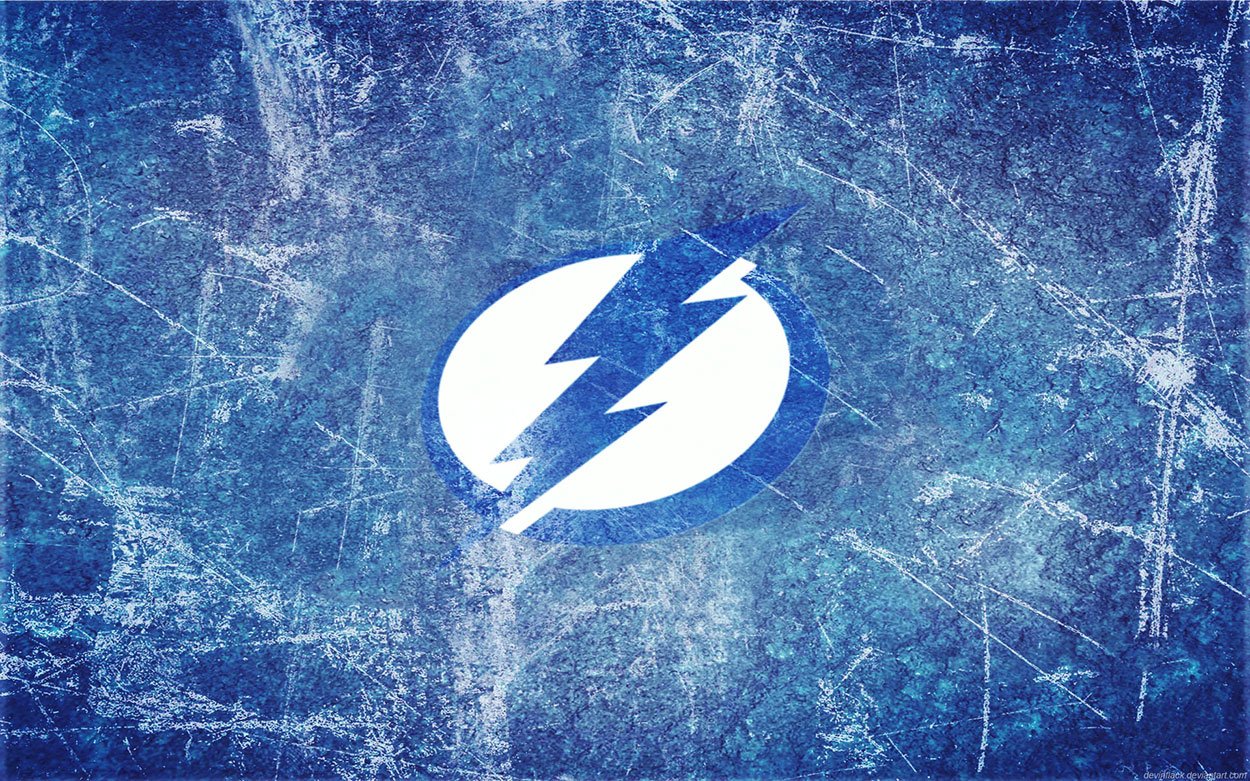

- #Lightning scheduler resources how to
- #Lightning scheduler resources install
- #Lightning scheduler resources update
When looking at the workflows, it is important to note that no more than two levels away will be cached. One thing to understand is that the amount of data that is cached is limited. The more data that is pre-created provides better potential for the app to work offline. Pre-creating data in advance can save issues and prevent data loss. When creating flows to extend the functionality of FSL on the mobile app, it is best to try to pre-create as many records as far in advance as possible.
#Lightning scheduler resources update
It is best if users try to only update records, rather than create them within the app. We briefly touched on this point in our last post and while the mobile app works great, sometimes, while offline, there can be limitations. One thing to note about FSL, like most things, is that it’s being constantly updated and improved on. Mobile functionality is being constantly updated and improved.
#Lightning scheduler resources how to
You can get complete details on how to set this up in the ‘ Complete Guide to Field Service’ PDF from Salesforce. When running statistics and optimising, FSL’s route optimiser will not assign any appointments for this user during the absence time period. ‘Vacation’) which will display in the Gantt Chart. Optionally, you can give these resource absences a Gantt label (eg.

What’s impressive is that within the resources time sheets section, you can create ‘Resource Absences’.

You can also see field workers most recent location in real-time on the Gantt Chart.įSL also has a Resource Time Sheets option available. FSL also allows users to upload photos, information, and notes etc. While some may think of FSL as more of a route scheduler and optimiser, it is also an excellent Time & Attendance system for your field workers.Įach Field worker can record their location, travel time, mileage (odometer readings), tasks and breaks within the FSL app. (Source ) Field Service Lightning is also a Time & Attendance system for field workers The Field Service Settings tab in this app leads to the managed package settings. The Field Service Admin app is for administrators.

The Field Service tab in this app leads to the dispatcher console.
#Lightning scheduler resources install
To learn how to install the managed package, check out this trailhead or view this documentation from Salesforce. Now that you’ve switched Field Service on, you need to install the managed package to gain access to the dispatcher console, scheduling tools, a range of custom objects, as well as the Guided Setup. So, you’ve enabled FSL, now you need to install it… Wait, what? With this in mind, let’s check out some points to know before implementing. With organisations now delivering on-site service to customer locations, this data feeds directly back into Salesforce and provides a 360-degree view of the customer, enhancing the experience for all involved.Īs an Admin, it’s important to get to grips with all the functionality of FSL. There is a reason 68% of service executives agree field service is an important element of their customer experience strategy. By implementing FSL into a company’s Org, employees who work in the field can now be integrated into the unified system. Many companies already use Salesforce for different purposes. Following up from our last blog post ‘Getting to know Field Service Lightning’, we will expand on some of the topics we mentioned, as well as share 5 things Admins should know before implementing FSL.


 0 kommentar(er)
0 kommentar(er)
